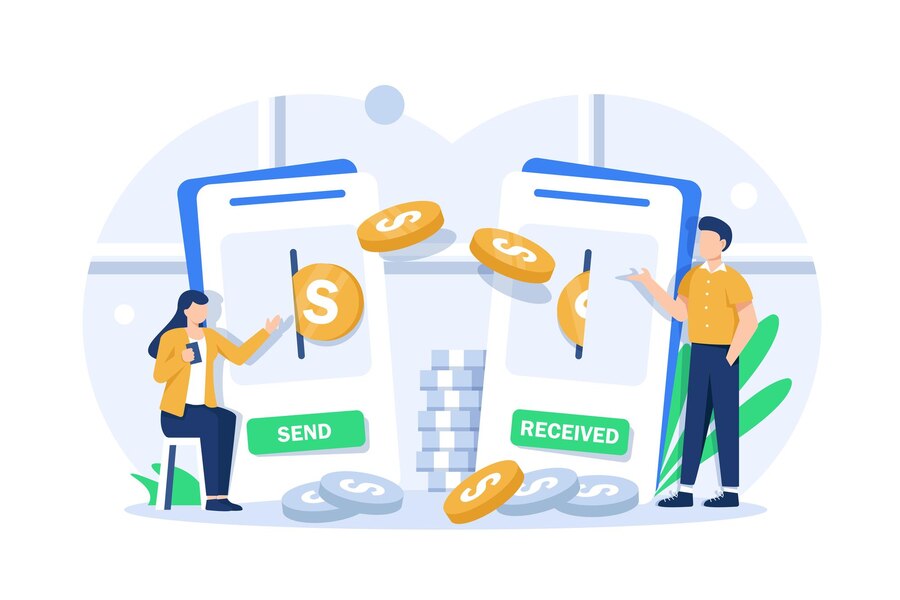Introduction: The landscape of personal lending has evolved dramatically in recent years, with new and innovative approaches changing the way individuals access financing. Peer-to-peer lending, often abbreviated as P2P lending is a shining example of this transformation. It offers an alternative way for borrowers to secure personal loans and for investors to earn returns on their funds. In this article, we’ll explore the concept of peer-to-peer lending, its benefits, and how it is reshaping the world of personal loans.
1. What is Peer-to-Peer Lending? Peer-to-peer lending is a method of borrowing and lending money that bypasses traditional financial institutions, such as banks or credit unions. Instead, it connects borrowers directly with individual investors through online platforms. These platforms act as intermediaries, facilitating the loan process and providing services like credit checks, risk assessment, and loan servicing.
2. The Borrowing Process: Borrowers interested in a P2P loan start by creating an account on a P2P lending platform. They then submit a loan application, specifying the loan amount, purpose, and other relevant details. The platform assesses their creditworthiness and assigns an interest rate based on their risk profile. Borrowers can choose from the offers they receive and, if approved, receive the loan funds in their bank account.
3. The Lending Process: Investors, often referred to as lenders or peer lenders, register on the same P2P platform. They can choose the loans they want to fund based on the borrower’s profile, risk assessment, and loan terms. Lenders then invest their money in a portfolio of loans, spreading their risk across multiple borrowers. In return, they receive monthly repayments that include both principal and interest.
4. Benefits of Peer-to-Peer Lending:
a. Competitive Interest Rates: P2P lending often provides borrowers with competitive interest rates, especially for those with good credit. Investors can earn attractive returns compared to traditional savings accounts or investments.
b. Access to Unsecured Loans: Borrowers can secure unsecured personal loans without collateral, making P2P lending an attractive option for those who may not have assets to pledge.
c. Diversification for Investors: Lenders can diversify their investment portfolios across multiple loans, mitigating the risk associated with lending to individual borrowers.
d. Streamlined Process: The entire lending process, from application to funding, is often faster and more straightforward than the traditional banking process.
5. Potential Drawbacks:
a. Risk of Default: There is a risk of borrowers defaulting on their loans, which can result in losses for investors.
b. Limited Regulation: P2P lending platforms are subject to less regulation than traditional banks, which means there may be fewer consumer protections in place.
c. Credit Requirements: Borrowers with lower credit scores may face higher interest rates or loan rejection.
6. Transparency and Risk Assessment: P2P lending platforms employ sophisticated algorithms and risk assessment models to evaluate borrowers. They also provide investors with transparent data and tools to make informed lending decisions. This transparency helps both borrowers and lenders understand the terms and risks associated with the loans.
Conclusion:
Peer-to-peer lending is a modern approach to personal loans that has disrupted the traditional lending
industry. It offers a user-friendly, efficient, and often cost-effective way for individuals to access credit or invest their money. While there are potential risks involved, the benefits of competitive interest rates, unsecured lending, and diversification opportunities make P2P lending a valuable addition to the world of personal finance. If you’re considering a personal loan or seeking alternative investment opportunities, peer-to-peer lending is worth exploring.



